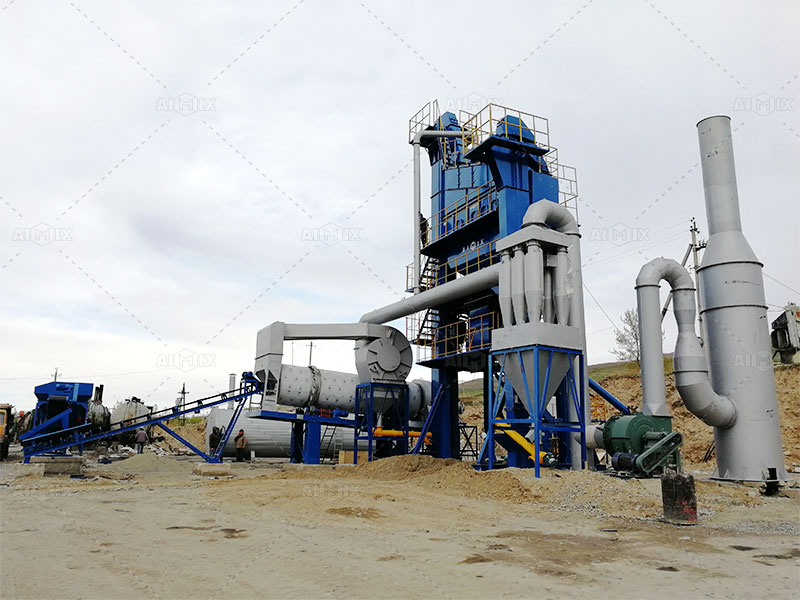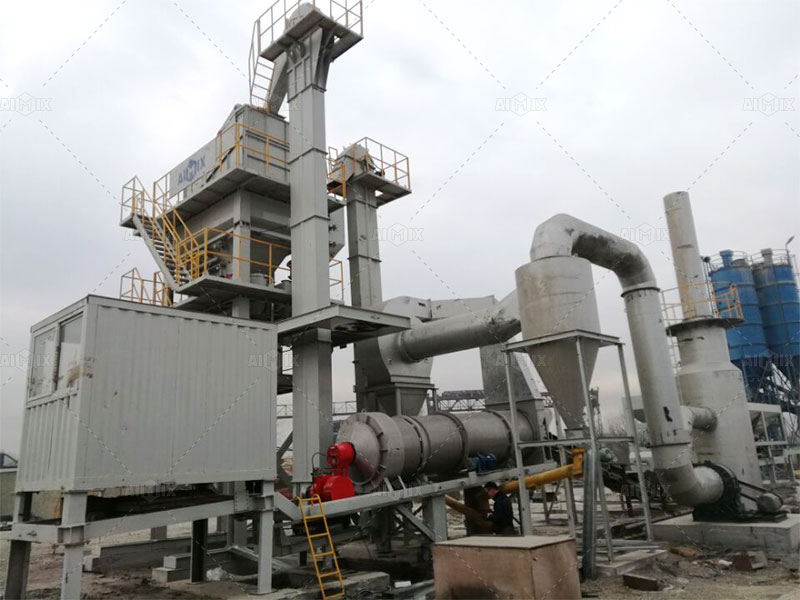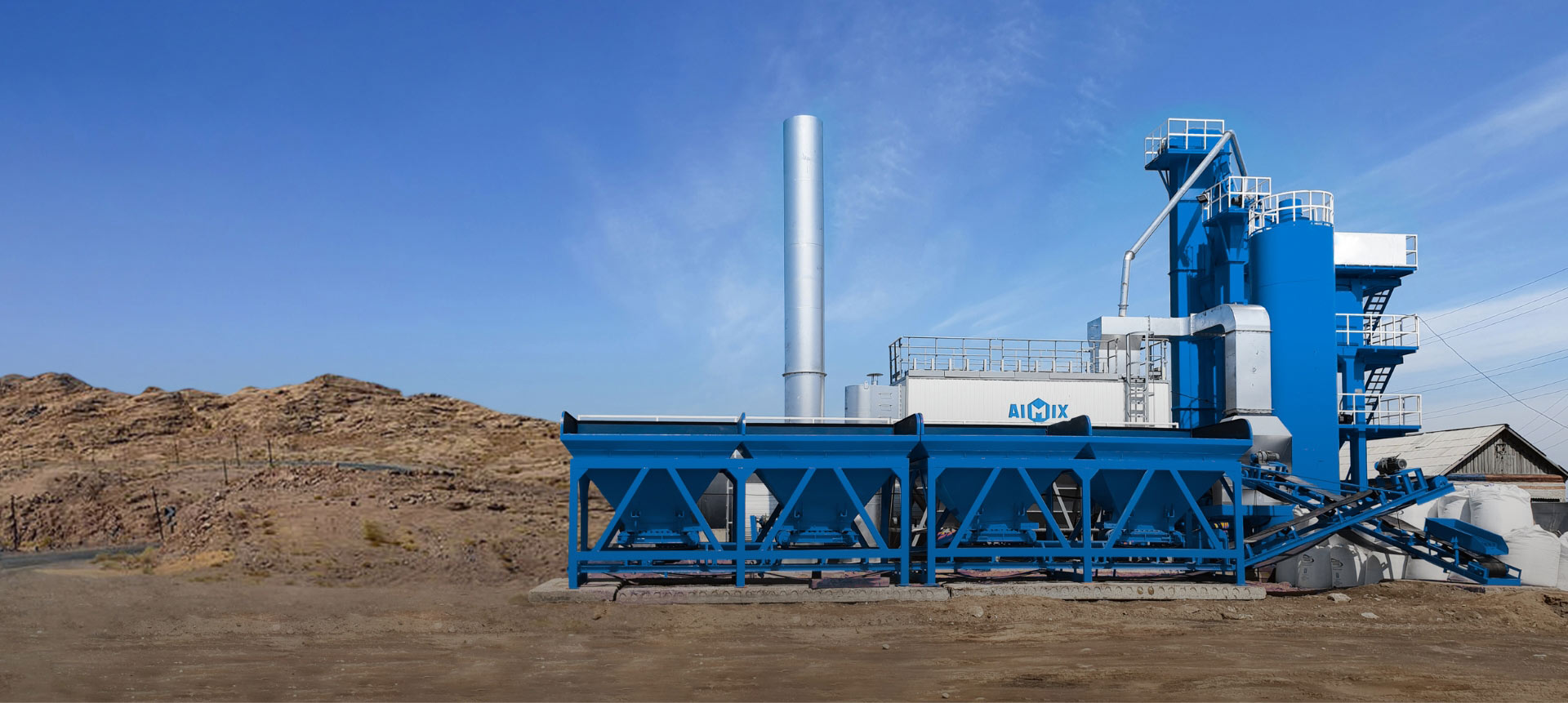The layout of an asphalt mixing plant is critical to its efficiency, productivity, and overall performance. A well-designed layout not only maximizes space utilization but also enhances safety, facilitates workflow, and minimizes environmental impacts. As such, careful consideration of various factors is essential when planning the layout of an asphalt mixing plant.
1. Site Selection and Preparation
Before delving into layout design, selecting an appropriate site for the asphalt mixing plant indonesia is paramount. Factors such as proximity to construction sites, accessibility for transportation, zoning regulations, and environmental considerations must be carefully evaluated. The selected site should also allow for future expansion and accommodate auxiliary facilities such as storage silos, aggregate bins, and office buildings.

2. Workflow Optimization
Efficient workflow design is fundamental to the layout of an aspal amp. The layout should be structured to facilitate a logical sequence of operations, from aggregate storage and drying to mixing, heating, and loading. Minimizing material handling distances and establishing clear pathways for equipment movement can help streamline production processes and reduce operational inefficiencies.
3. Equipment Placement and Spacing
The positioning of equipment within the plant layout plays a crucial role in optimizing workflow and operational efficiency. Components such as cold feed bins, drum dryers, batch towers, and hot mix storage silos should be strategically placed to minimize congestion and maximize throughput. Adequate spacing between equipment units is essential to ensure safe operation, maintenance accessibility, and proper ventilation.

4. Environmental Considerations
Asphalt mixing plants can have significant environmental impacts, particularly in terms of air quality, noise pollution, and dust emissions. The layout design should incorporate measures to mitigate these impacts, such as installing dust collection systems, noise barriers, and emission control devices. Locating the plant away from residential areas and sensitive ecological zones can also help minimize environmental conflicts.
5. Safety and Accessibility
Safety is a top priority in asphalt mixing plant operations. The layout should be designed with safety in mind, incorporating clear signage, designated pedestrian walkways, and safety barriers to prevent accidents and ensure compliance with regulatory requirements. Emergency response protocols, including evacuation routes and firefighting equipment, should be clearly outlined and easily accessible to plant personnel.
6. Material Handling and Storage
Efficient material handling and storage are essential components of asphalt mixing plants layout design. Adequate space should be allocated for the storage of raw materials such as aggregates, bitumen, and filler materials. Conveyor systems, hoppers, and bins should be strategically positioned to facilitate seamless material transfer and minimize spillage or contamination.
7. Accessibility for Maintenance and Repairs
Regular maintenance and timely repairs are critical to the longevity and performance of asphalt mixing plant equipment. The layout should allow for easy access to key components and ensure sufficient clearance for maintenance activities. Equipment layout should be organized in a manner that minimizes downtime and facilitates rapid troubleshooting and repairs when necessary.
8. Future Expansion and Flexibility
The layout design should take into account future growth and expansion requirements of the aspal mixing plant mini. Flexibility in layout configuration, modular design principles, and scalable infrastructure can accommodate changes in production capacity, technology upgrades, and evolving regulatory standards over time.
Conclusion
In summary, the layout of an asphalt mixing plant is a multifaceted endeavor that requires careful planning, attention to detail, and consideration of various factors. By addressing site selection, workflow optimization, equipment placement, environmental considerations, safety protocols, material handling, maintenance accessibility, and future expansion needs, asphalt mixing plant layout designers can create efficient, safe, and sustainable facilities that meet the demands of modern construction industry standards. Through thoughtful design and meticulous implementation, asphalt mixing plants can maximize productivity, minimize environmental impacts, and contribute to the success of infrastructure projects worldwide.
